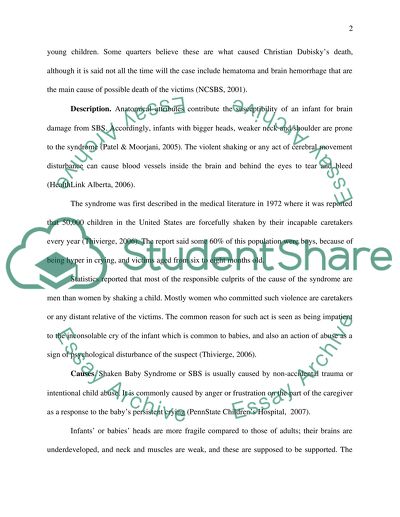Cite this document
(“Shaken Baby Syndrome and National Awareness Literature review”, n.d.)
Shaken Baby Syndrome and National Awareness Literature review. Retrieved from https://studentshare.org/health-sciences-medicine/1531814-shaken-baby-syndrome-essay
Shaken Baby Syndrome and National Awareness Literature review. Retrieved from https://studentshare.org/health-sciences-medicine/1531814-shaken-baby-syndrome-essay
(Shaken Baby Syndrome and National Awareness Literature Review)
Shaken Baby Syndrome and National Awareness Literature Review. https://studentshare.org/health-sciences-medicine/1531814-shaken-baby-syndrome-essay.
Shaken Baby Syndrome and National Awareness Literature Review. https://studentshare.org/health-sciences-medicine/1531814-shaken-baby-syndrome-essay.
“Shaken Baby Syndrome and National Awareness Literature Review”, n.d. https://studentshare.org/health-sciences-medicine/1531814-shaken-baby-syndrome-essay.


